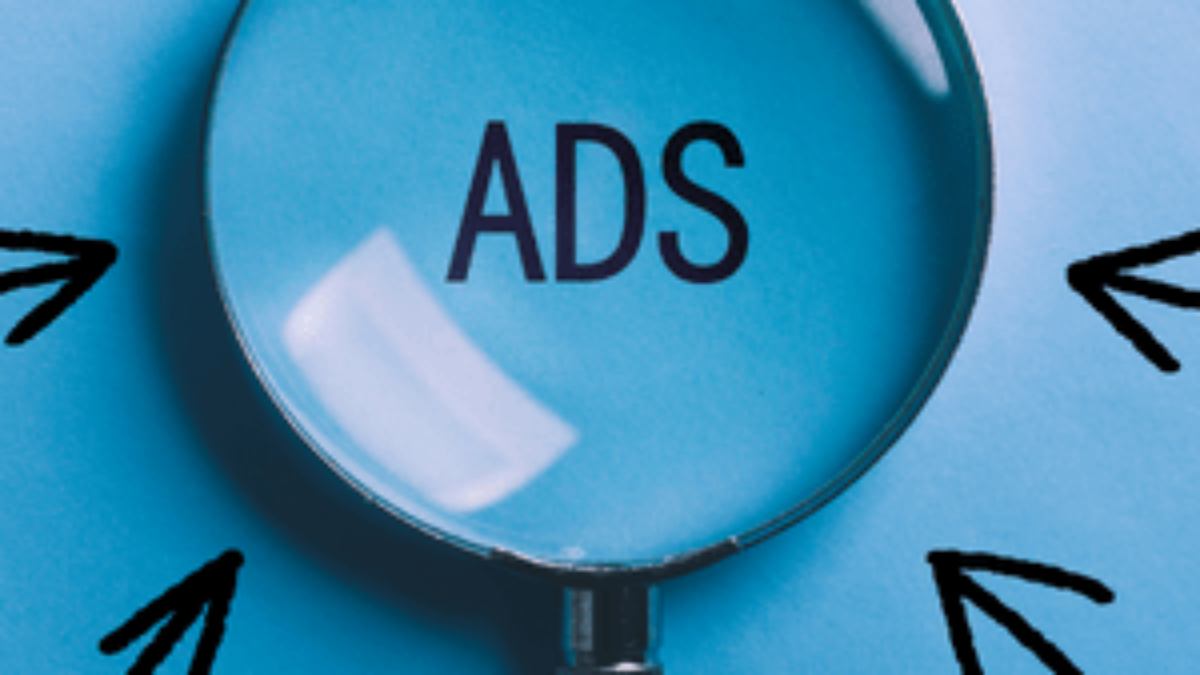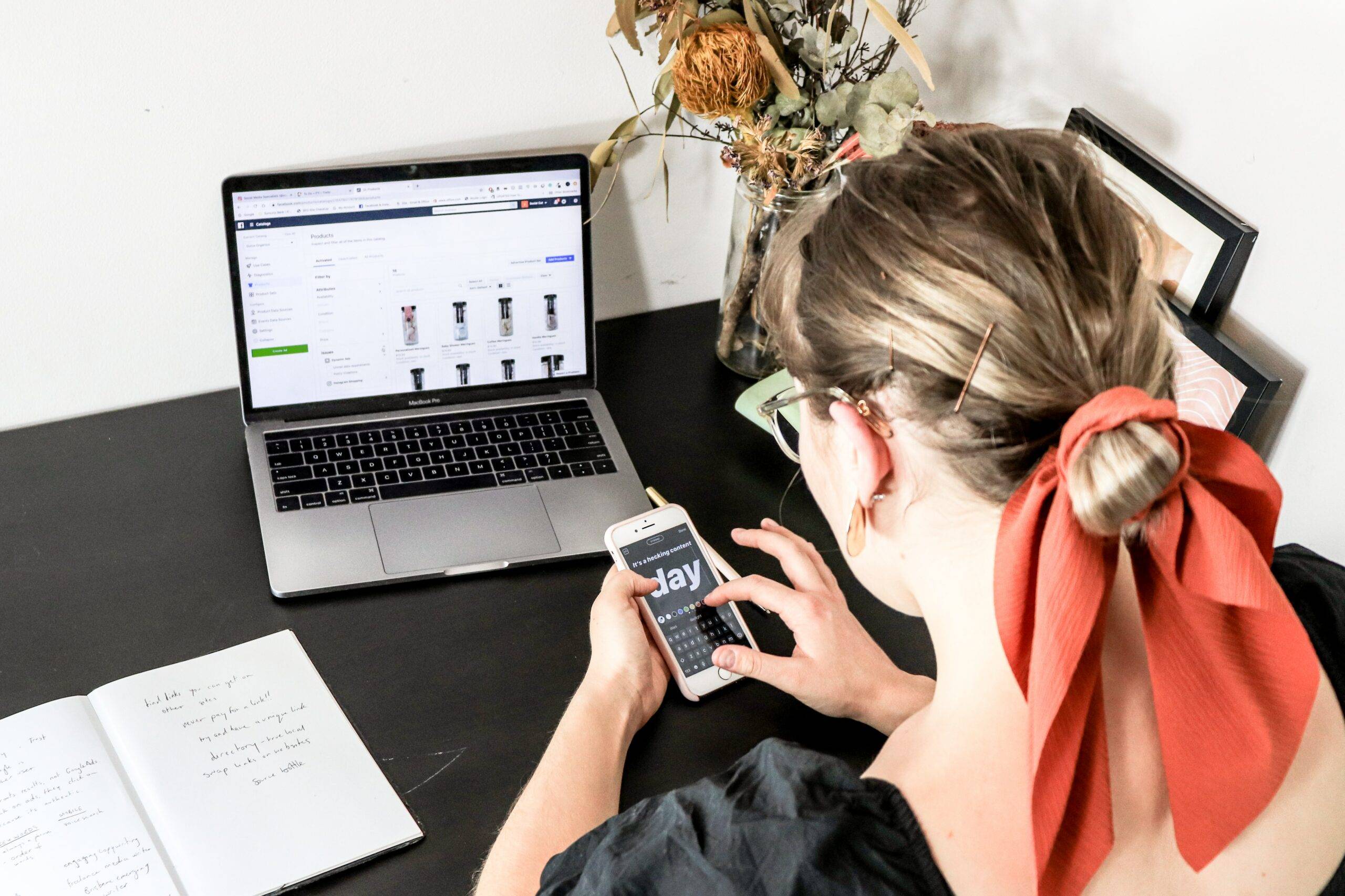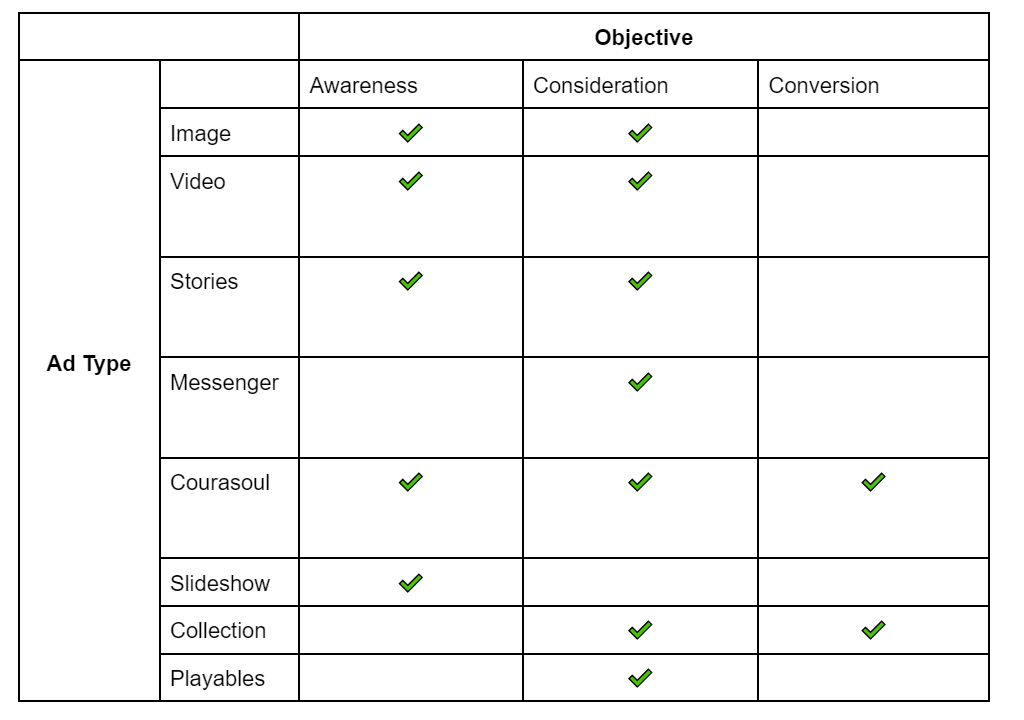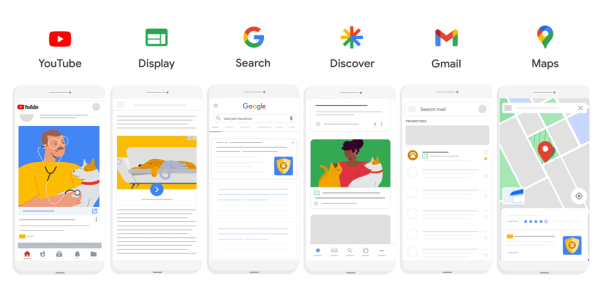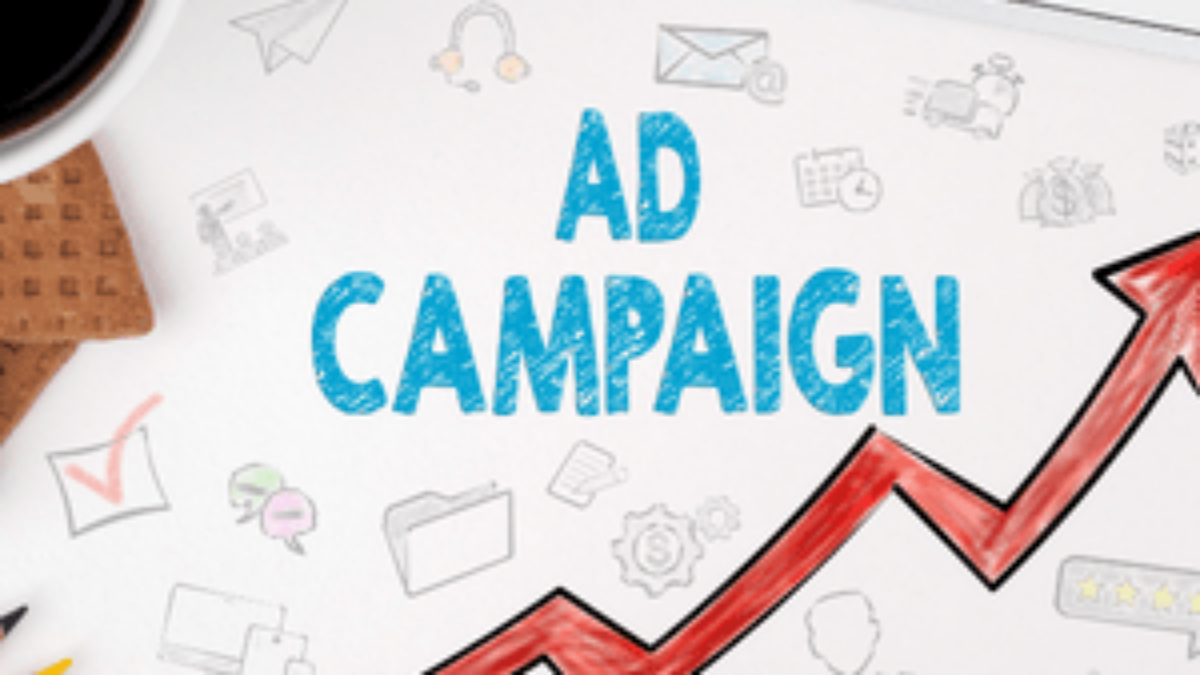Display advertising is an amazing way of getting brand exposure on the internet for a very low price. Ads can be shown on over 2 million websites online, meaning that the reach is massive. Not only that, it’s global. This is an incredible opportunity to generate awareness and drive traffic to your website for a huge amount of users, but how much is too much?
Having this much reach is great in theory but, realistically, how many of these users are going to be engaged with your ads and how many have no relevance to your business whatsoever? This is where audience targeting can come in handy to help make things a lot more granular.
Types of Audiences
There are many different types of audiences you can use in Google Ads, which can help to hone in on specific users that are most relevant to your business. These include:

Which you use depends on what you’re trying to advertise/achieve. It could be that there are themes the target audiences are interested in, or it could be an age-related product or service. This criteria would then make the decision a lot easier to make.
Why is this beneficial?
Choosing your audience type allows you to take a chunk of users who are more relevant to your brand and advertise only to these. The result is that you gain a higher percentage of engaged users who are more likely to interact with your business and, therefore, produce a better ROI and a more efficient campaign.
What are the drawbacks?
There are certain drawbacks to audience targeting. Sometimes human bias can influence the way in which we pick and choose the right audiences for a campaign. You may subconsciously select audiences that aren’t actually the most effective and end up missing out on another portion of potential customers. Additionally, what you think you may know about your audience may not actually be fully accurate, especially when it comes to demographics:

These people are completely different and will have completely different interests and purchasing behaviours, yet are still classed as the same with demographic targeting. So it’s important to take this into consideration.
The other factor to consider is that some segments may convert a lot higher than others but have absolutely no connection or relevance to your business. It’s potentially quite silly to just take this data and run with it, without a little bit of a reality check on whether this makes logical sense.
So what should I do?
The most effective approach would be to use in-market or custom intent, as these are more “intent” based ways of targeting your audiences. These audiences are actively searching for your product or service, giving a much higher level of engagement with the brand. This, again, does limit the potential exposure, so a mixture of display campaigns with different audiences can help to maximise success.
Audience targeting overall
Audience targeting can be great, if taken with a pinch of salt. Google’s algorithms can end up being a lot broader than anticipated and sometimes this data can be generalised. What may look like a solid trend could really just be a coincidence, with someone being categorised in a certain audience list entirely without merit.
My advice would be to not exclusively use specific audiences until actual data has been generated and analysed. The best way of doing this is to use observation targeting setting to gather relevant data on possible audiences, rather than taking the leap and bidding for only specific audiences. There is also a lot more that can go into a display campaign, including placements and topics to help to find the right audience looking at the same types of websites as your target audience. As with most paid ads strategies, do your due diligence and test test test!







